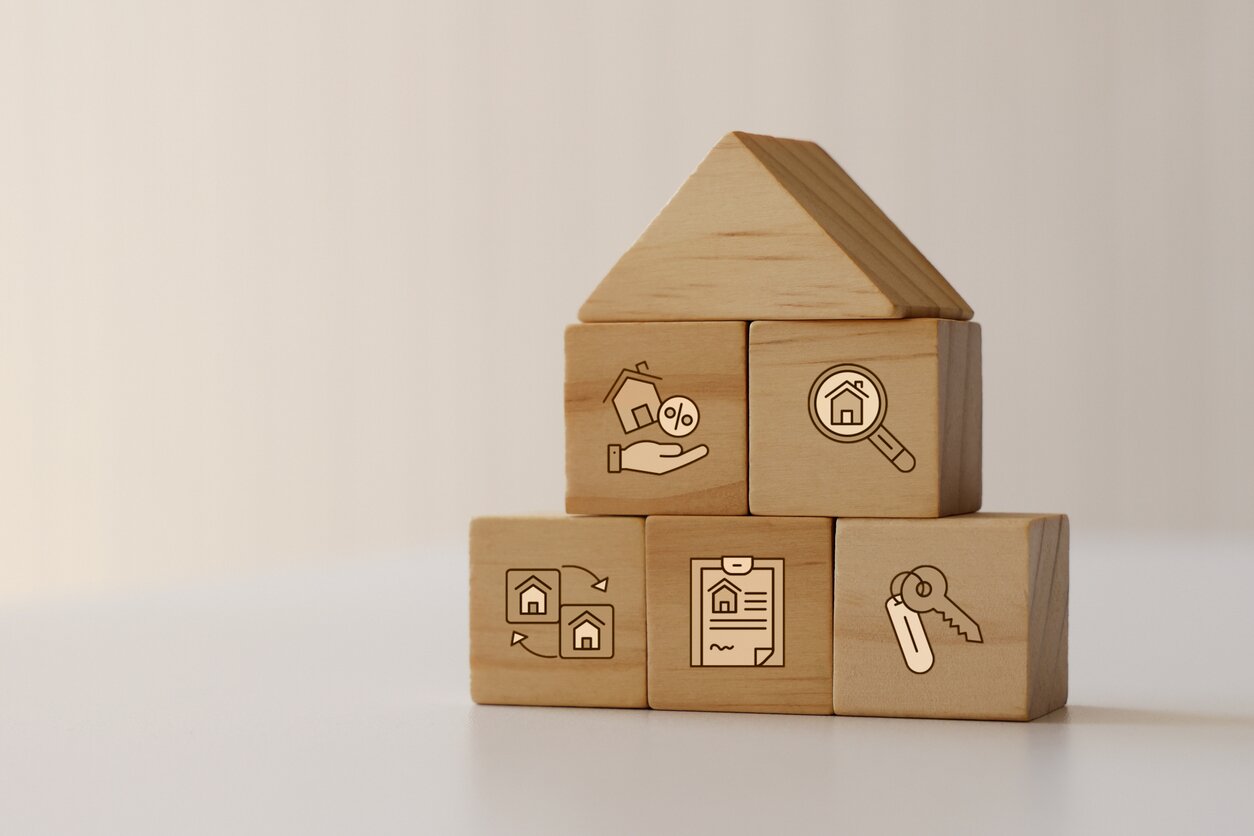
HELOC vs. Home Equity Loan:
When homeowners need to access the equity in their homes, two of the most common options are a Home Equity Line of Credit (HELOC) and a Home Equity Loan. While both allow you to borrow against the equity you've built up in your home, they operate differently and are suitable for different financial situations. This guide will explore the key differences between a HELOC and a Home Equity Loan, their advantages and disadvantages, and how to determine which option might be best for you.
1. The Interest Rate: Your Biggest Cost Driver
Interest rates significantly impact the total cost of your loan. Lenders typically advertise rates as an annual percentage rate (APR), which includes the interest rate and certain fees. Personal loan interest rates can vary widely, typically ranging from 6% to 36%, depending on factors like your credit score, income, and the lender’s terms.
For example:
- A 6% APR on a $10,000 loan over three years results in approximately $950 in total interest.
- A 20% APR, on the other hand, skyrockets your total interest to around $3,300.
Clearly, the lower your APR, the less expensive the loan. Even a small difference in interest rates can save—or cost—you hundreds of dollars over time.
2. Monthly Payments vs. Total Interest
Your monthly payment is determined by the loan’s principal, term, and APR. For a $10,000 loan over three years:
- At 6% APR, your monthly payment would be approximately $304.
- At 20% APR, it jumps to about $372.
While the monthly payment might seem manageable, the cumulative interest over three years adds up. That’s why you need to calculate the total repayment amount—not just focus on what you owe monthly.
3. Additional Fees: The Hidden Costs
Personal loans often come with fees that increase the overall borrowing cost. Common fees include:
- Origination Fees: Typically 1% to 8% of the loan amount, charged upfront. For a $10,000 loan, this could range from $100 to $800.
- Prepayment Penalties: Some lenders charge a fee if you pay off your loan early, effectively penalizing you for being financially responsible.
- Late Payment Fees: Missing a payment can cost you $25 to $50—or more.
Always read the fine print and calculate how these fees affect your total cost. For instance, a $10,000 loan with an 8% origination fee means you’ll only receive $9,200 in hand while still repaying the full $10,000 plus interest.
4. Total Cost of Borrowing at Different APRs
Let’s look at the total cost of borrowing $10,000 over three years at three common APR levels, assuming no additional fees:
APR 6%
- Monthly payment: $304
- Total Interest: $950
- Total Repayment: $10,950
APR 15%
- Monthly payment: $347
- Total Interest: $2,500
- Total Repayment: $12,500
APR 25%
- Monthly payment: $399
- Total Interest: $4
- Total Repayment: $10,950
As you can see, higher APRs significantly increase both your monthly payments and the total cost. This table illustrates why it’s essential to shop around for the best rates.
5. Tips to Minimize Your Borrowing Costs
If the total cost of borrowing feels overwhelming, here are some strategies to reduce your expenses:
- Improve Your Credit Score: A higher credit score typically qualifies you for lower interest rates.
- Shop Around: Compare loan offers from online lenders, credit unions, and banks.
- Opt for Shorter Loan Terms: A shorter repayment period reduces the interest you pay, though your monthly payment may be higher.
- Avoid Unnecessary Fees: Look for lenders with no origination or prepayment penalties.
Final Thoughts: Know Before You Borrow
The total cost of borrowing a $10,000 personal loan over three years varies widely based on your APR and fees. At a 6% APR, you might pay around $10,950 in total, but at 25%, the cost could exceed $14,000. By understanding these factors and comparing offers, you can make an informed decision and save yourself thousands of dollars in the long run.
So, before signing on the dotted line, ask yourself: “What is the true cost of this loan?” Knowing the answer ensures you borrow responsibly and stay on solid financial ground.
Remember, every financial decision has ripple effects, and a personal loan is no exception. Carefully weighing the total cost against your financial goals can set you up for long-term success and peace of mind.
Personal Loans Guide
Personal loans, a popular financial tool, offer individuals access to funds with or without collateral. These loans, provided by banks or online lenders, cater to diverse needs like debt consolidation, home improvements, or unexpected expenses and do not require any collateral. Borrowers receive a lump sum and repay in fixed monthly installments over a specified term, typically ranging from one to seven years. Interest rates, based on creditworthiness, can be fixed or variable, impacting the total repayment amount. While they provide financial flexibility, understanding terms, fees, and the impact on credit is crucial for responsible borrowing and effective financial management.
Guide to Interest Rates in Personal Loans
When you take out a personal loan, one of the most important factors to consider is the interest rate. The interest rate determines how much you'll end up paying over the lifetime of the loan in addition to the principal amount you borrowed. A higher interest rate means you'll pay more in interest charges, while a lower rate will reduce the overall cost of the loan. Understanding interest rates and how they work is crucial for making an informed decision when obtaining a personal loan.
Is It Better to Get a Loan Online or In Person?
When you need to borrow money for major expenses like a home, car, debt consolidation, or emergency costs, you essentially have two main options: apply for a loan online or go through the traditional route of an in-person application at a bank branch. Both alternatives have their own set of pros and cons to weigh carefully.








